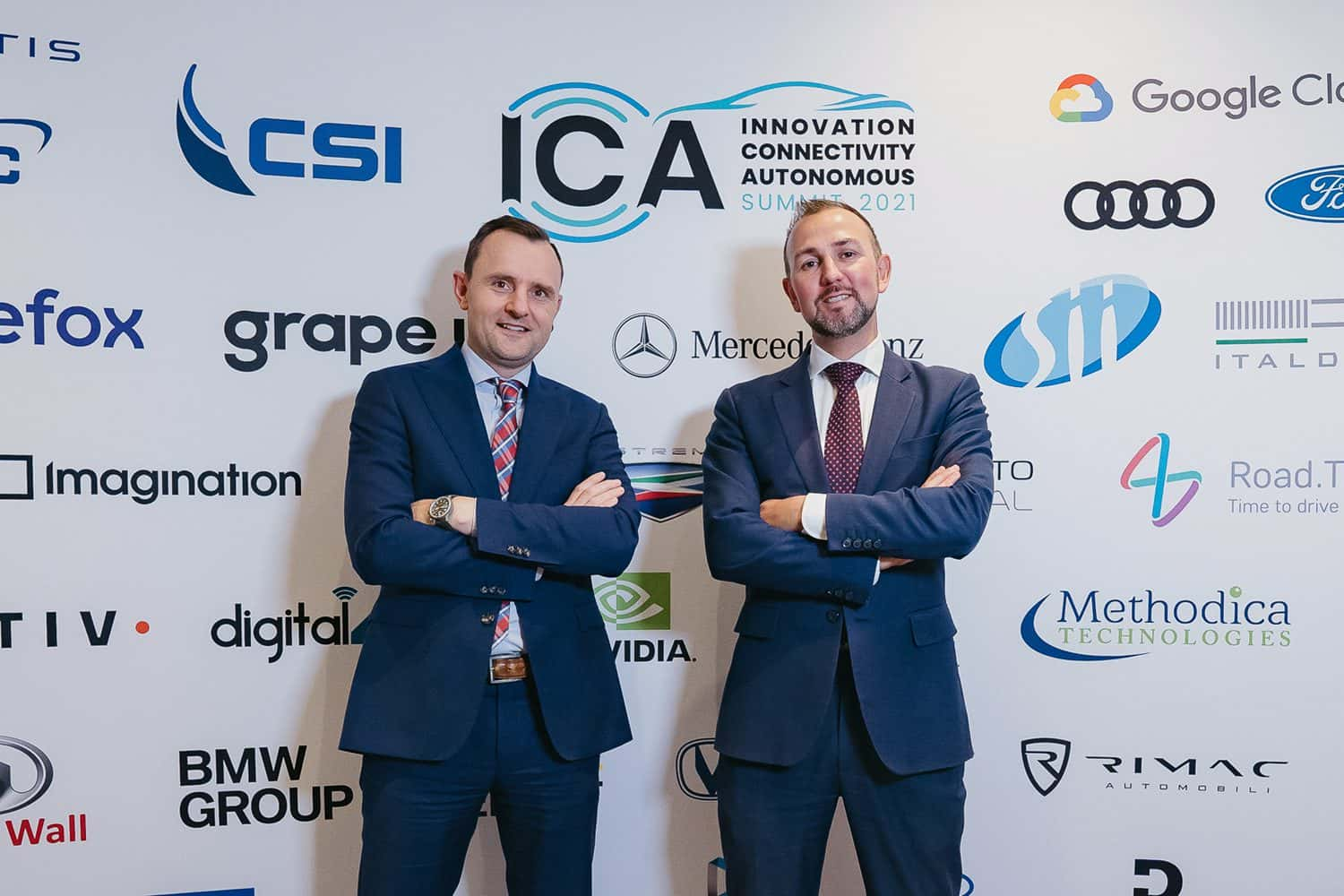Larive International directors Wouter van Vliet and Matthias Brienen had the pleasure to join the ICA Summit 2021 in Munich on behalf of the company in October. An informative and worthwhile event, bringing together major automotive industry leaders and professionals to provoke discussions about the future of the automotive industry. A diverse and dynamic group of speakers and panellists provided in-depth insights on what future mobility may look like.

So how does all this pertain to fast-growing economies in Asia, Central and Eastern Europe, and Sub-Saharan Africa, the focus geographies in which Larive International support clients with growing their business?
Integrated mobility
The ongoing social, economic, and technological trends are set to disrupt urban mobility as we know it today. Within the next ten years, mobility innovation will gradually yet radically transform mobility, while simultaneously introducing a new dynamism in metropolitan areas. Specifically, within these urban areas, integrated mobility may provide benefits such as improved safety and reduced pollution. Allow us to share three key drivers discussed from different angles during the ICA:
- Autonomous driving
- Connectivity
- Electrification
- Autonomous driving
Autonomous-vehicle (AV) technology will progress in an ‘evolutionary way’ through several levels, from providing ‘simple’ driver assistance (level 1) to having full autonomy driverless cars (level 5). Benefits include safety, the ability to save time and decrease emission and transportation costs. During the conference, the first example of Level 4 autonomy, operating within virtual geographic boundaries, where provided. For those dreaming of a driverless car, however, full autonomy with Level 5 technology is projected to arrive no earlier than 2030, as it will depend on 6G having been implemented. And what does this mean for high-growth markets? The sessions highlighted how China in particular is expected to boost the next growth curve where autonomous vehicles could, at one point, take over most of the automotive market.
- Connectivity
Having covered topics including Lidar, Radar, GPS and IR, we soon learned connected cars will generate data, and lots of it (up to 6GB per second). The data generated by AV’s will grow exponentially, including what is needed for shared mobility, electrification, autonomy and vehicle connectivity. And much like the large IT companies, this presents opportunities for companies in the automotive ecosystem to monetize data. Experts indicated the global value potential from car data monetization could reach anywhere between $400 billion to $700 billion by 2030.
Although most features are, at the moment, geared towards safety and security enhancement, a presentation by the insurance industry and DELL hinted at the ability for cost reduction (insure as your drive) and revenue generation (in-car services). Sharing of data, then, becomes crucial to leverage such capabilities. We learned that especially in Asia, customers are predicted to be willing to share such data.
- Electrification
Electric vehicles (EVs) have gathered momentum through the changing of consumer attitudes, charging infrastructure improvements and enhanced battery life. As EV technologies advance, new business cases emerge for the full range of mobility from motorcycles to cars, to buses. For emerging markets, these use cases will be influenced by factors including urban density, vehicle ownership models, and local or national regulations. Today, China and the European Union are the biggest EV markets, with over 1.3 million EV units sold in China (2020). The main drivers for further adoption include the continued decrease in battery price, the rise in urbanization and the more stringent regulations taking hold globally for combustion engines. And in Africa, which has the smallest per-capita car ownership level of any region in the world, transportation using buses, taxis and motorcycles are more popular than personal cars, they are likely better suited for quick electrification. Examples include a Kenya-based startup called ARC Ride which launched electric two- and three-wheelers for UberEats deliveries in Nairobi. In Kigali, Rwandan start-up Ampersand is introducing a fleet of electric motorcycle taxis and plans to expand to other East African countries.
In summary, the ICA Summit 2021 predicts an increasingly autonomous, connected, and electrified future that will have a major impact across the core markets where Larive International operates. Feel free to connect with us for more information and continue the discussion!




